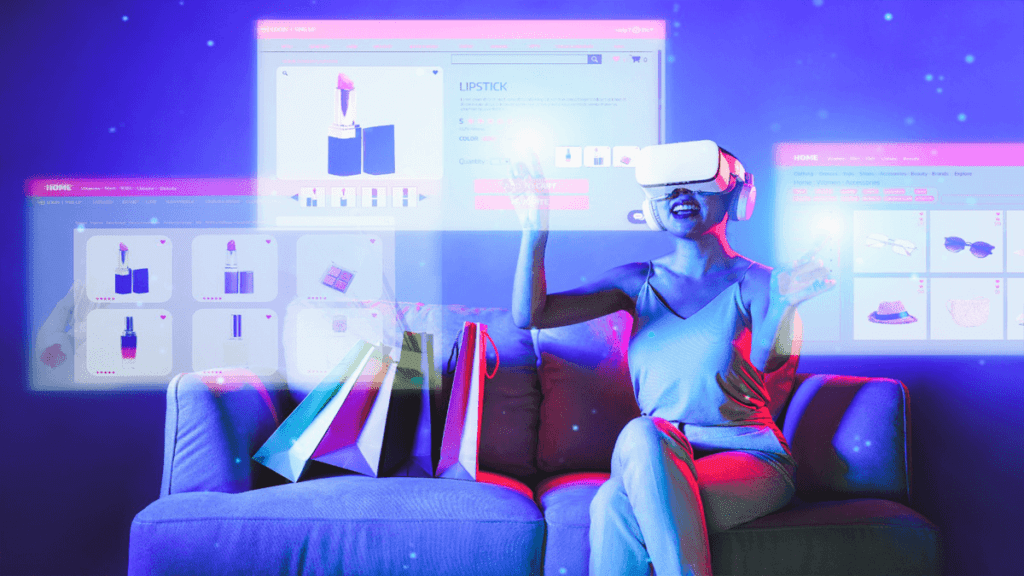In a world overflowing with content and services that look and feel the same, only one thing makes a brand unforgettable. That’s where Experiential Marketing comes in. Unlike traditional advertising, experiential marketing taps into human senses and emotions creating immersive, real-time interactions between a brand and its audience. It’s not just about showing your product; it’s about letting people feel it.
What is Experiential Marketing?
It’s a strategy that lets customers actively engage with your brand through memorable, hands-on experiences that go beyond the screen.
For example, in 2013, Adidas launched the “D Rose Jump Store” in London’s Hackney district, transforming a community center into a pop-up shop where fans could earn a pair of Derrick Rose’s signature sneakers by leaping to grab them from shelves set at 10 feet the height of a basketball rim. Participants had 24 seconds, mirroring the NBA shot clock, to make their jump, creating a memorable, interactive experience that blended athletic challenge with brand engagement.
Why Experiential Marketing Works in 2025

Let’s be honest in today’s scroll-fast, skip-ad world, people don’t want to be sold to. That’s why experiential marketing continues to be a game-changer in 2025.
- Multi-sensory Engagement: It doesn’t just show it immerses. From the scent of a freshly brewed coffee at a pop-up cafe to the feel of a VR headset transporting you to a brand’s universe, sensory experiences hit differently. People remember 90% of what they do, compared to just 10% of what they read. It’s not just about seeing your brand; it’s about living it. For example, IKEA once created a “Night at IKEA” sleepover event where selected customers could literally test out mattresses overnight. That’s sensory marketing at its quirky best.
- Shareability (Organic Reach): Let’s face it if it’s not Instagram able, did it even happen? People love sharing unique, unexpected experiences and that’s how your campaign goes viral, without spending a dime on ads.
- Emotional Connection That Sticks: When a brand makes you laugh, cry, or gasp in awe you remember it. Emotional connections build loyalty, not just awareness. For example, Airbnb’s “Night At” campaign lets people sleep inside iconic spaces like the Louvre or a shark tank at an aquarium. Unforgettable?
- Real-Time Feedback & Real-Time Learning: Just like reels rack up likes and comments in minutes, experiential marketing gives you immediate reactions, faces lighting up, people queuing, laughter erupting. That’s data the kind that helps brands tweak, improve, and launch smarter. No long surveys, just genuine, unfiltered responses.
In a world ruled by the attention economy, these real-world campaigns cut through the digital noise and leave a lasting impact.
Benefits for Brands: Why go experiential?
Here’s what you get:
Immediate Consumer Feedback Know what works, instantly Higher Brand Recall Experiences ads, every single time Boost in Word-of-Mouth People talk, post, and share Deeper Consumer Insights Emotions speak louder than spreadsheets Creative Freedom Push boundaries, break the mold Experiential Strategies to Try in 2025 (With Real Examples)
1. Interactive Tech Installations: AR mirrors, motion-sensor displays, and gamified kiosks that respond to human gestures. Example: Nike’s interactive treadmill lets users ‘run’ through different global cities on a screen tech meets fitness, with a whole lot of fun.
2. VR Experiences: Create alternate worlds where people can explore your brand’s story. Example: Marriott Hotels offered VR postcards where users could “travel” to exotic locations while sitting in a hotel lobby. Instant wanderlust!
3. Workshops & DIY Zones: Whether it’s making their own perfume, customizing sneakers, or painting tote bags, creation leads to connection. Example: Lush Cosmetics often holds in-store sessions where customers can make their own bath bombs. Messy, fun, and totally brand-aligned.
4. Pop-Up Events & Brand Activations: Short-term, high-impact. A limited-time experience creates urgency and excitement.
Example: Spotify’s “All Ears on You” pop-up let users walk through their most-streamed songs in an immersive gallery-like setup.
FAQs
What is experiential marketing & how does it work?
It creates live, interactive brand experiences that emotionally connect with audiences.
Why is experiential marketing important today?
Because experiences are memorable they drive engagement, loyalty, and organic buzz.
How do brands measure success here?
Through engagement stats, footfall, social shares, leads, and feedback.
What are its key components?
Emotion, storytelling, interactivity, and brand immersion.
Should every brand try it?
Yes, especially if you want to stand out and stay top-of-mind.




